How to Stretch Your Calves
*Updated 6/11/18
Check out The Movement Fix on Instagram @themovementfix
Introduction
In this article, you will learn a systematic way to stretch your calves.
Static stretching has a time and a place, but there is more to increasing ankle range of motion and stretching than just holding a stretch.
By combining the best tools from different areas, we are better able to stretch and keep our range of motion.
The main components we will be using are: foam rolling, ankle joint mobility, dorsiflexion loading, squatting to change the pattern.
Need more hip and low back mobility? Start with Day 1 of our Hip/Low Back Mobility Program for free:
The Routine
1. Roll out calf on foam roller for 30 seconds
[Here we are doing this not to break anything down, but to reduce muscle tension]
2. 10 reps of ankle joint mobility drill
[Here we are trying to groove the movement in the ankle by using this drill]
3. 10 reps each leg of ankle lowering drill
[This is done to lock in what it feels like to load your ankle joint through a greater range of motion]
4. 5 reps of a goblet squat or light back squat
[Do these to now take that range of motion and incorporate it into the actual lift]
Foam Rolling the Calves
The first component in this routine is rolling out the calf muscles, which consist primarily of the gastrocnemius and the soleus. Click here to read more about the anatomy of the calves.
Place your calf on a foam roller and roll top to bottom and side to side for 30 seconds per side. There shouldn't be pain, it should feel good. If it's painful, you're rolling too hard.
Ankle Mobility Drill
The second drill in this routine is a banded ankle mobilization. The joint we are aiming at is called the talocrural joint or ankle mortise joint.
The idea with this mobilization is you are putting the band over the talus (pictured in red), and by attaching the band on the ground you are creating distraction force in the ankle, which is pulling the bones apart. This will be minimal but there is some.
Then you rock forward and backward for 10 reps each side. For a more detailed explanation of this technique, click here.
Ankle Lowering Drill
The ankle lowering drill helps to control ankle dorsiflexion through the entire range of motion. Rarely is eccentric work (the negative of a rep) done for ankle mobility, but it's critical to learn how to access that range of motion under load, which is when you need ankle range of motion the most.
Start in a calf raise at the top, lower yourself slowly until your foot is parallel to the ground, then allow your knee to bend. As the knee bends, the heel should continue to drop.
Repeat for 10 reps each leg.
A more detailed video of this drill is located here.
Using it in a Squat
The last exercise in this drill is a goblet squat, although you can use any squat variation you'd like.
The intention you have in this drill is the most important aspect. Intentionally try to get deep into your ankle dorsiflexion when you are working into this position. You need to try to use your ankles more than you typically would.
When choosing a squat to use for this, it's ideal to choose one where the torso is kept vertical. The more vertical your torso is in a squat, the more ankle range of motion you will use, which is why we chose a goblet squat.
To read more about different squat variations and how they affect ankle, knee, hip, and back positions, you may find this article valuable: How different squats load joints differently
Summary
Just statically stretching your calves may be helpful, but to translate it into a change in your squat or other lift, it needs to be more integrated.
A model that follows soft tissue work, range of motion work, loaded drills, and then a pattern drill is highly effective.
This post was designed to give you a model of how to use this as well as explain the why behind it.
Other Things You Can Try
Still need help with your ankles and calves? Where are some other places to look for help:
1. Basic Anatomy of the Calves
2. Self-Ankle Mobilization
3. Banded Ankle Mobilization
4. Learning to load your ankle dorsiflexion
5. Full Squat Warm Up
6. Toe Dexterity
What to Read Next
Mobilize your Toes: The Hand-Foot Shake
Mobilize Your Toes: The Hand-Foot Shake Mobilize your Toes with the Hand-Foot Shake Oh the toes. Whenever I teach this at the Movement Fix Workshop I am surprised how many people are disgusted by the idea of interlocking their fingers and toes.In reality,...
Easy Mobilization for your Feet
Easy Mobilization for your Feet Easy mobilization for your feet Feet need some love. We stand on them all day long, squish them in shoes, and pay little attention to working on them. To easily mobilize your feet to get more motion between your metatarsals...
Fixing the Laggy Leg in Single Leg Deadlifts
Fixing the Laggy Leg in Single Leg Deadlifts Learn some cool stuff in this video? Check out our workshops here to learn even cooler stuff. Need more hip and low back mobility? Start with Day 1 of our Hip/Low Back Mobility Program for free: Fixing the Laggy...
Hip Extension & Quad Stretch
Hip Extension & Quad Stretch Follow The Movement Fix on instagram @themovementfix Need more hip and low back mobility? Start with Day 1 of our Hip/Low Back Mobility Program for free: Hip Extension and Quad Stretch This week I am joined once again by...
Get all our latest articles sent directly to your inbox
Comments








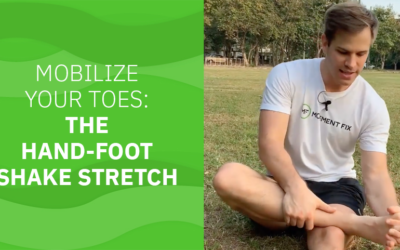
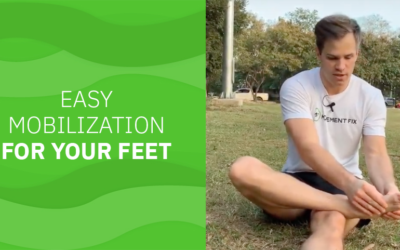
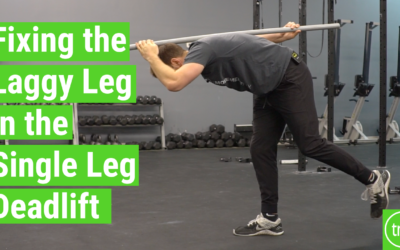
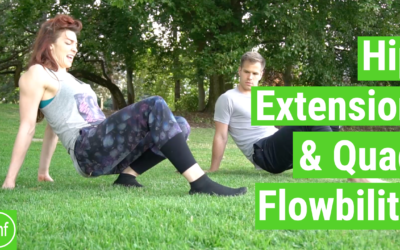

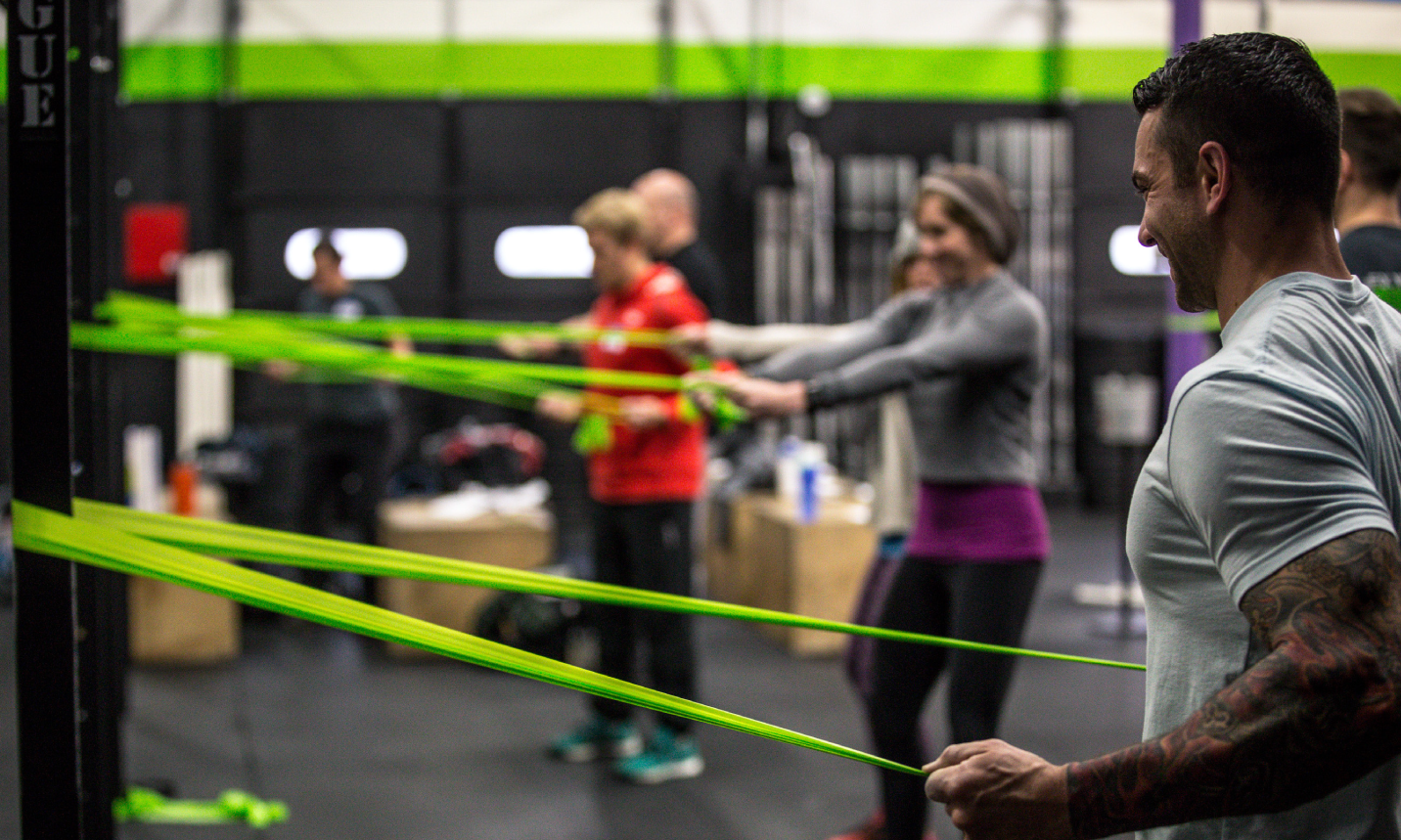
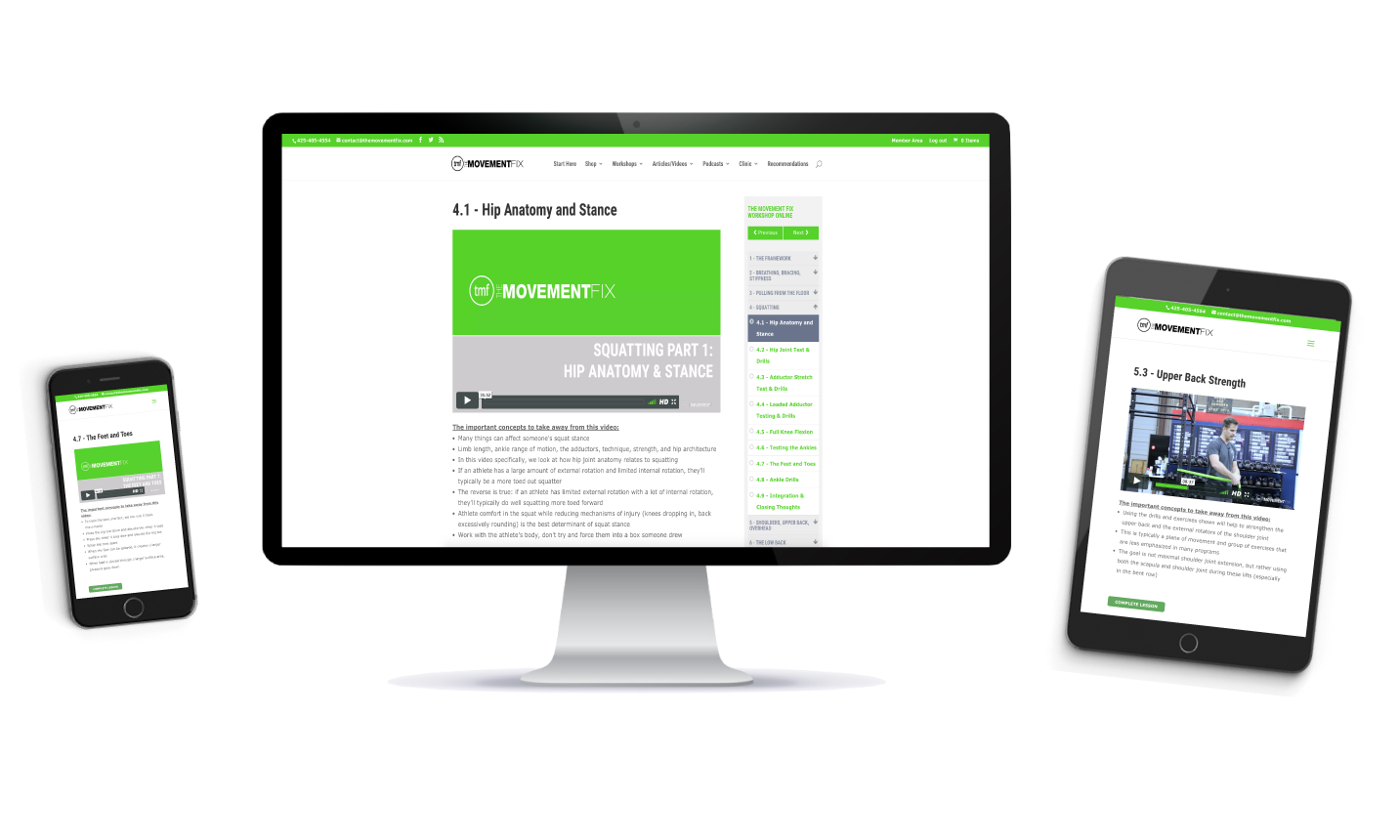
[…] A Better Way to Stretch Your Calves […]
[…] to Get Rid of Hip Pinching - Improve Squatting Mobility - Basic Anatomy of Stretching the Calves - A Better Way to Stretch Your Calves - Front Squat Mobility and […]
[…] - Self Ankle Joint Mobilization - Back Squat Warm Up - Basic Anatomy of Stretching the Calves - A Better Way to Stretch Your Calves - Front Squat Mobility and […]
[…] How to Stretch Your Calves 2. Self-Ankle Mobilization 3. Banded Ankle Mobilization 4. Learning to load your ankle dorsiflexion […]
[…] So, if your calves hurt when you squat, you may want to consider stretching both the gastrocnemius and the soleus muscles. […]